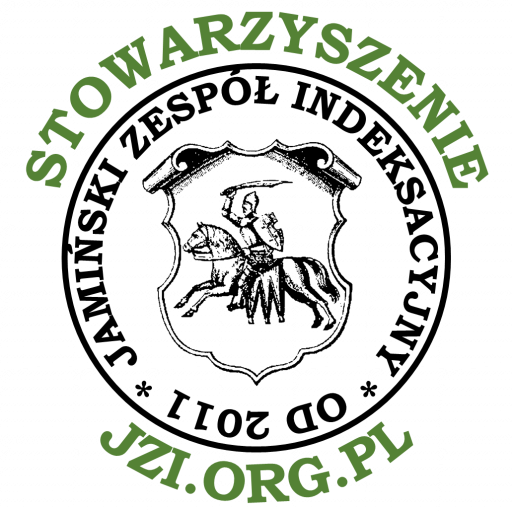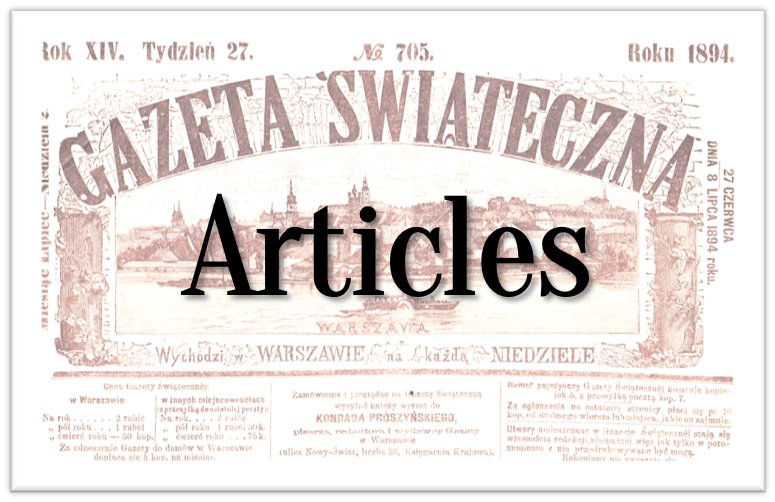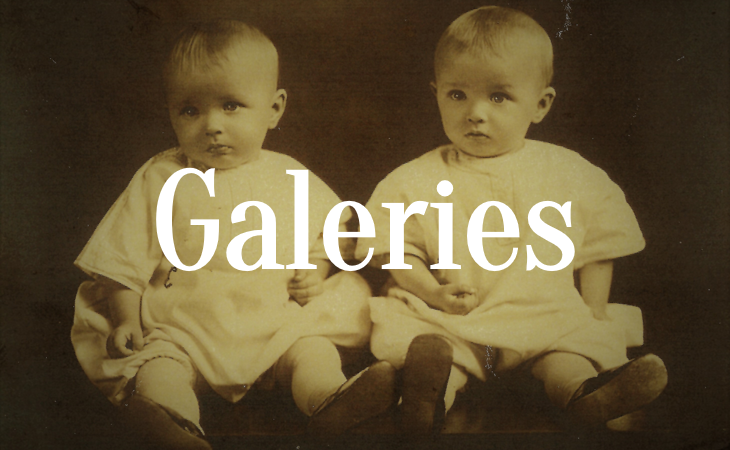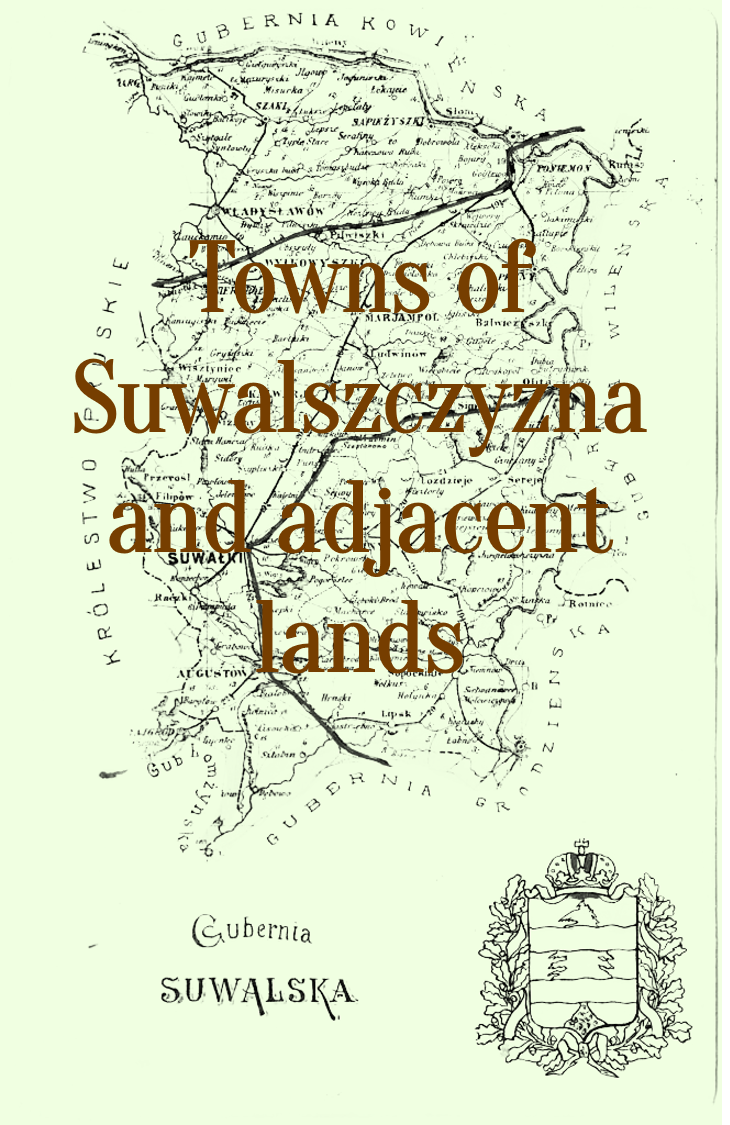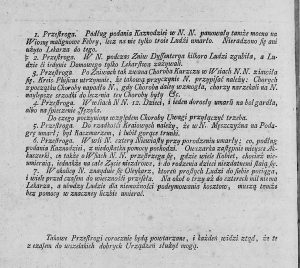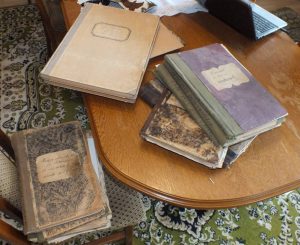
June 1919 was another month of German terror in the Suwałki, Sejny and Augustów poviats. Although since November 11, 1918 the world healed the wounds after the Great War, and Poland, independent after 123 years of captivity, created its statehood in pain, our areas still remained under German and partly Lithuanian occupation.
In November 1918, the Polish Military Organization (POW) operating in these areas made an attempt to liberate it from German occupation, but the Germans quickly began retaliation and few of the POW members had to go underground. At the beginning of 1919, the Germans brought the von Diebitsch Volunteer Corps to this area. The Germans used the protracted occupation for plunder and openly supported the claims of Lithuanians to the Suwałki region. At a peace conference in Paris on March 24, 1919, the Lithuanian government submitted claims to the entire Suwałki Governorate, including Augustów. In April 1919, German troops manned the demarcation line at major points. Their posts were located in Barszcze, near Tajno, Augustów, Sztabin, Sosnowo and Dębowo. In connection with the situation, reconstruction of the structures of the Polish Military Organization was undertaken. Augustów District of POW was divided into two sub-regions, north and south. Recruitment point of POW volunteers was located in Rajgród in free Poland.
The headquarters of the Augustów POW was in Tajno. The sub-regions were divided into commands, in today's Sztabin commune it was the "Jaminy" command under the lidership of Józef Andruszkiewicz pseud. "Redin" from Jaminy consisting of two so-called sections, made of volunteers from the surrounding villages: Czarniewo and Jaminy as well as Mogilnice and Jaziewo. This command included, among others : Kazimierz Haraburda, Leonard Suchwałko from Mogilnice, Ignacy Suchwałko from Mogilnice, Albin Andraka from Mogilnice, Wacław Putyński, pseudo. "Sztylet", Teofil Chilicki and Wacław Lewoc from Jaminy, Zygmunt Stożyński from Jaminy, Klemens Panasewicz, Zygmunt Szumski from Mogilnice and Antoni Andracki from Jaziewo, Kazimierz Grzywiński from Jaminy, Kazimierz Ćmielewski from Czarniewo, Wacław Sylwin Tomaszewski from Mogilnice, Klemens Świeżbiński from Jaziewo, Stanisław Butkiewicz and Antoni Andraka, Kazimierz Szmygiel, Władysław Chodorowski, pseud. "Ptaszek" from Czarniewo, the liaison officers were Kazimiera Murawska pseud. "Sikorka" from Jaziewo and Pelagia Wierzbicka. The command "Sztabin" was led by Michał Łazarski. The command included: Józef Kryszyn from Pogorzałe, Józef Szyc, Kazimierz Lotkowski from Sztabin, Aleksander Wierzbicki pseud. "Podbipięta" born in Jaminy, Antoni Murawski from Sztabin, Bolesław Zagórski, Feliks Zagórski and Aleksander Ostapowicz from Janówek, Michał Błażyński, Stanisław Błażyński and Ludwik Orłowski from Fiedorowizna, Piotr Siebiedziński, Stefan Staranowicz, Robert Sadowski, Leon Sadowski from Sztabin, Mieczysław Szwerkowski from Huta, Michał Kąkiel from Podcisówek, Józef Haraburda from Kamień, Mieczysław Bernatowicz from Krasnoborki, Franciszek Dzieniszewski, pseudo. "Brzoza" from Żmojdak; Kazimierz Nejfeld from Lebiedzin. In Sztabin, the local priest, Fr. Jakub Rółkowski was helping POW. POW divisions conducted a large-scale subversive action against the occupier, among others near Rajgród, Barszcze and Solistówka. On June 10, a horse ward under the command of Lieutenant Antoni Lipski made a trip to Czarniewo, in which a dozen Germans were killed. On June 16, a branch commanded by Sergeant Michał Łazarski surprised the Germans on the lock in Sosnowo, taking their weapons and uniforms, on June 18 POW fought at Netta and Bargłów.
18 czerwca tzw. Sojusznicza Rada Czterech, złożona z przywódców czterech spośród zwycięskich państw sprzymierzonych, czyli z Wielkiej Brytanii, Stanów Zjednoczonych, Francji i Włoch, na konferencji pokojowej w Paryżu wyznaczyła linię demarkacyjną od Rutek, przez Turówkę, jezioro Necko i Kanał Augustowski, dzielącą powiat augustowski i Augustów, część wschodnią przydzielając Litwie. Spotkało się to ze stanowczą reakcją Rządu Polskiego. Reakcją na to było również wzmożone działania POW-u. 25 czerwca oddziały Polskiej Organizacji Wojskowej, rozgromiły Niemców we wsiach Reszki i Pomiany, a 29 czerwca w niedzielę, oddziały Komendy „Sztabin” i „Jaminy”, pod dowództwem Michała Łazarskiego stoczyli bitwę pod Czarniewem. Niemiecki oddział, który przeprowadzał tam rekwizycję, został całkowicie rozbity. W rezultacie tej potyczki Niemcy ustąpili ze Sztabina, przenosząc się na linię Gabowe Grądy – Kolnica – Sajenek, opierając swoją obronę o Augustów. 8 lipca w bitwie pod Tajnem zmuszono Niemców do wycofania się do Prus. Tak tę walkę opisano w „Gazecie Zbrojnej” z lipca 1929 roku: „Bardzo piękną akcją był również „wypad” O. L. Nr. 2 na Czarniewo – wieś leżącą nad Biebrzą. Michał Łazarski przeprowadził swój oddział nieznanemi ścieżkami wśród bagien na Polkowo – Mogilnice i o świcie, dzięki zupełnemu zaskoczeniu, rozgromił i potopił w nadbiebrzańskich moczarach kompanię niemiecką, która po dokonanych w okolicy rekwizycjach tam odpoczywała. Po poniesionych w tym okresie dotkliwych porażkach, Niemcy zgodzili się na pertraktacje z nami”.
A list of signatures submitted by the inhabitants of these areas on a petition for leaving the Suwałki and Augustów regions within Poland, as well as the firm speech of the Augustów MP, Fr. Stanisław Szczęsnowicz, meant that the steps taken by the Polish government led to the creation of a new border line. The poviats of Augustów, Suwałki and the western part of Sejny were within Polish borders, on July 25 the Germans left Augustów, and the next day the Polish army entered.
Almost the entire command of POW "Sztabin" and "Jaminy" voluntarily joined the 41st Suwałki Infantry Regiment. The 10th Company was created from them. Everyone took part in the Polish-Bolshevik war of 1920. Several of the 10 companies of the 41st regiment were killed in defense of their homeland. To commemorate the 15th anniversary of Poland regaining independence, exactly on the 14th anniversary of the battle, on June 29, 1933, a commemorative obelisk was unveiled in Czarniewo, a boulder crowned with an iron cross, painted with stylized eagle breaking the shackles and an inscription that was a secret for 80 years. The ceremony gathered local people, veterans of those fights, authorities of the municipalities of Dębowo and Sztabin, representatives of the army and the poviat. The obelisk remained intact until October 1939. On September 17 this year, Soviet troops entered Eastern Poland without declaring war. In fear of repression, the people of Czarniewo decided to forge an inscription on stone. It was probably done by Stanisław Budkiewicz, a resident of this village, a member of the POW, a veteran of the Polish-Bolshevik war. There was no engraved list of names, but the company number and military unit were given. The fear was justified, checking the personal status of the 10th company of the 41st Suwałki Infantry Regiment, would not pose any difficulties for the Soviets, it was a ready list of people to be repressed. For 80 years, the memory of the inscription on the monument has faded, the witnesses of those days have long since gone. We tried to read the inscription a few years ago, unfortunately with poor results. Only with the help of chalk and dozens of photos of individual parts of the monument, enlarged then on the screen, it was possible to completely recreate the historical inscription. Certainly, the inspiration to read the mysterious inscription was the fact that the obelisk from Czarniewo is one of the points of the created historical and natural trail in the area of the Jaminy parish.
Here is the content of this inscription: "29 JUN. 1919 ON THIS PLACE, THE FIRST FIGHT WITH GERMANS WAS WON BY SZTABIN POW - LATER 10 COMP. 41 REGIMENT.
ON THE 15TH ANNIVERSARY, THIS CROSS WAS FOUDED TO COMMEMORATE THE FIGHT FOR INDEPENDENCE. 29 JUNE 1933".
There is already a new plaque on the obelisk with the reconstructed inscription. Funded by Mr. Mariusz Modzelewski, who runs the Modzelewski Stonemason's Factory in Sztabin. The inscription was read by: Tomasz Chilicki from the Association of Local Initiatives "Biebrza" in Jaminy and Ryszard Korąkiewicz from the Jaminy Indexing Team Association. A piece of our history has been saved.
Tekst ukazał się również w czerwcowym numerze miesięcznika “Nasz Sztabiński Dom”.
- Studzieniczna - 26 May 2020
- Assault on the presbytery in Jaminy - 12 March 2020
- Peowiacy z gminy Sztabin - 13 February 2020
